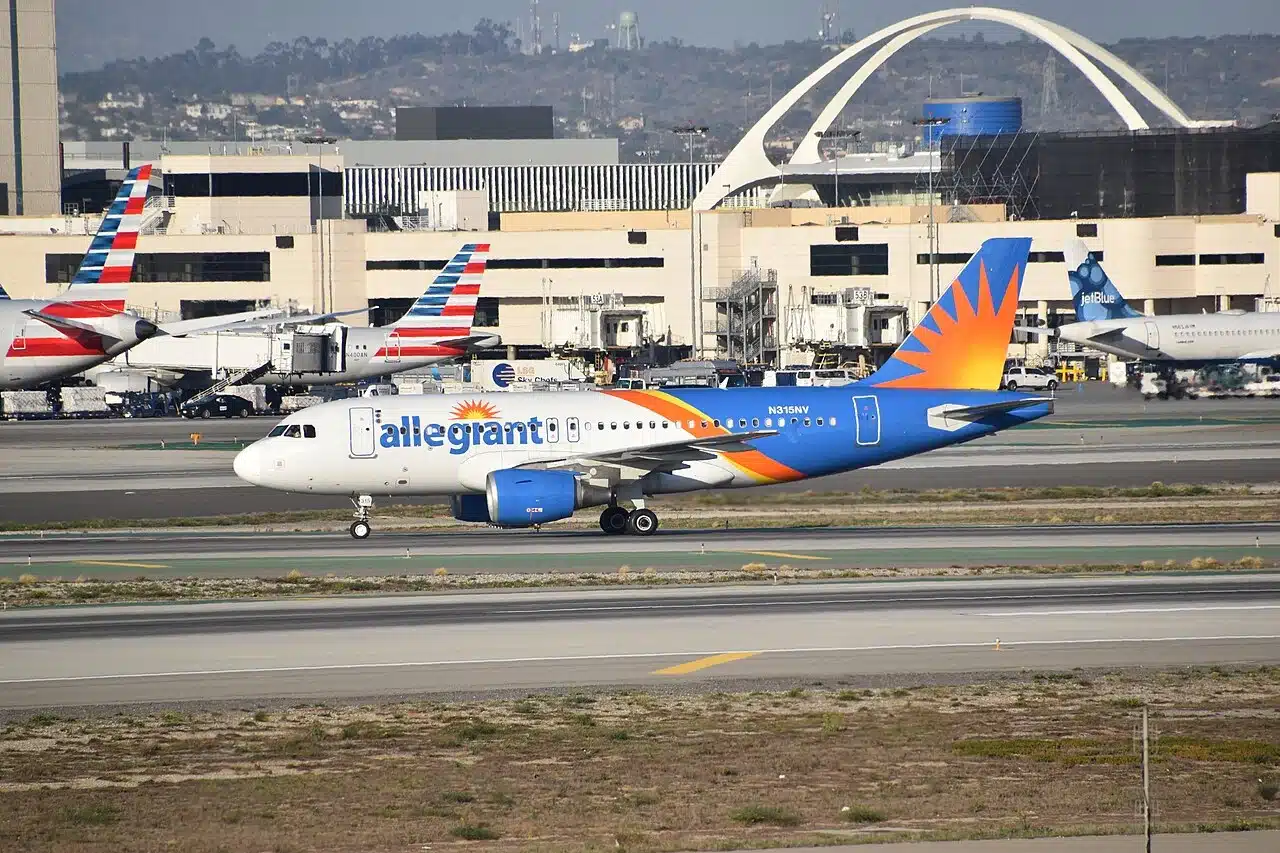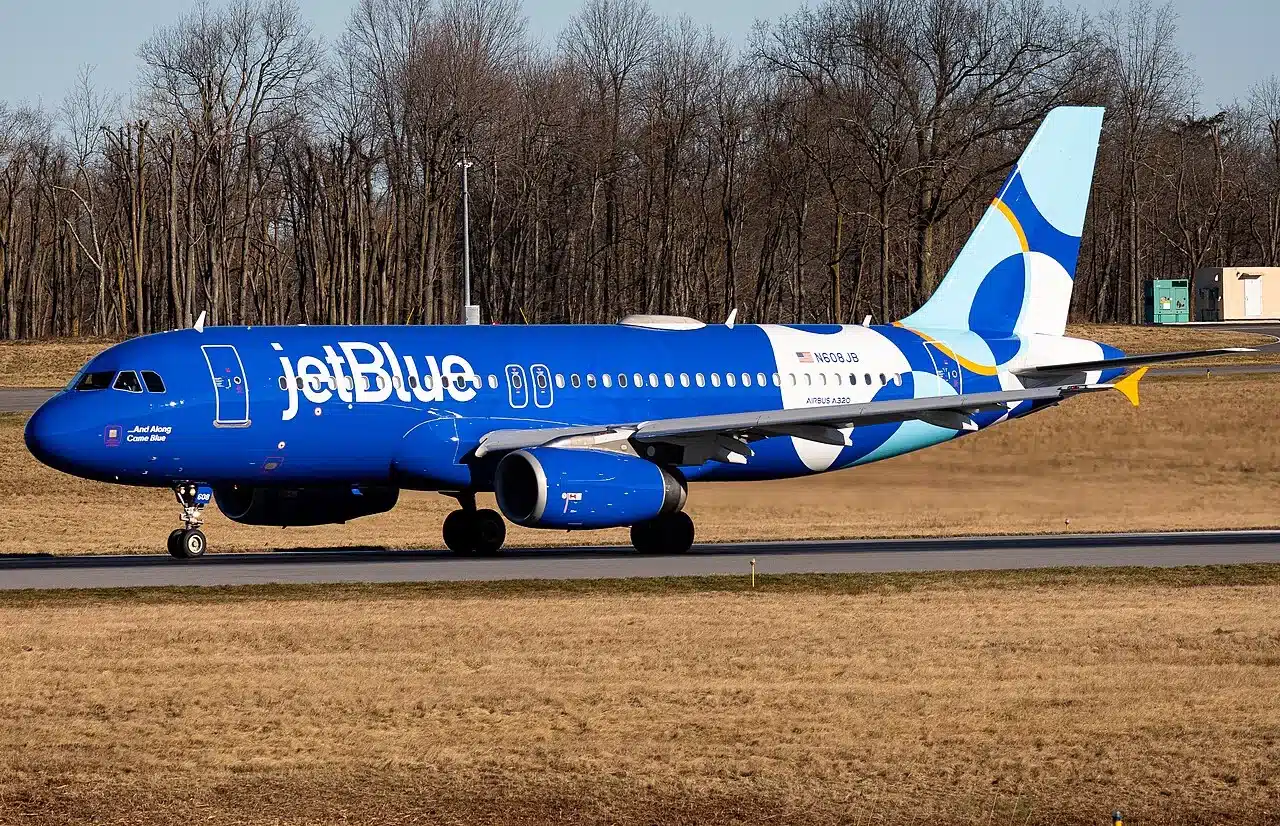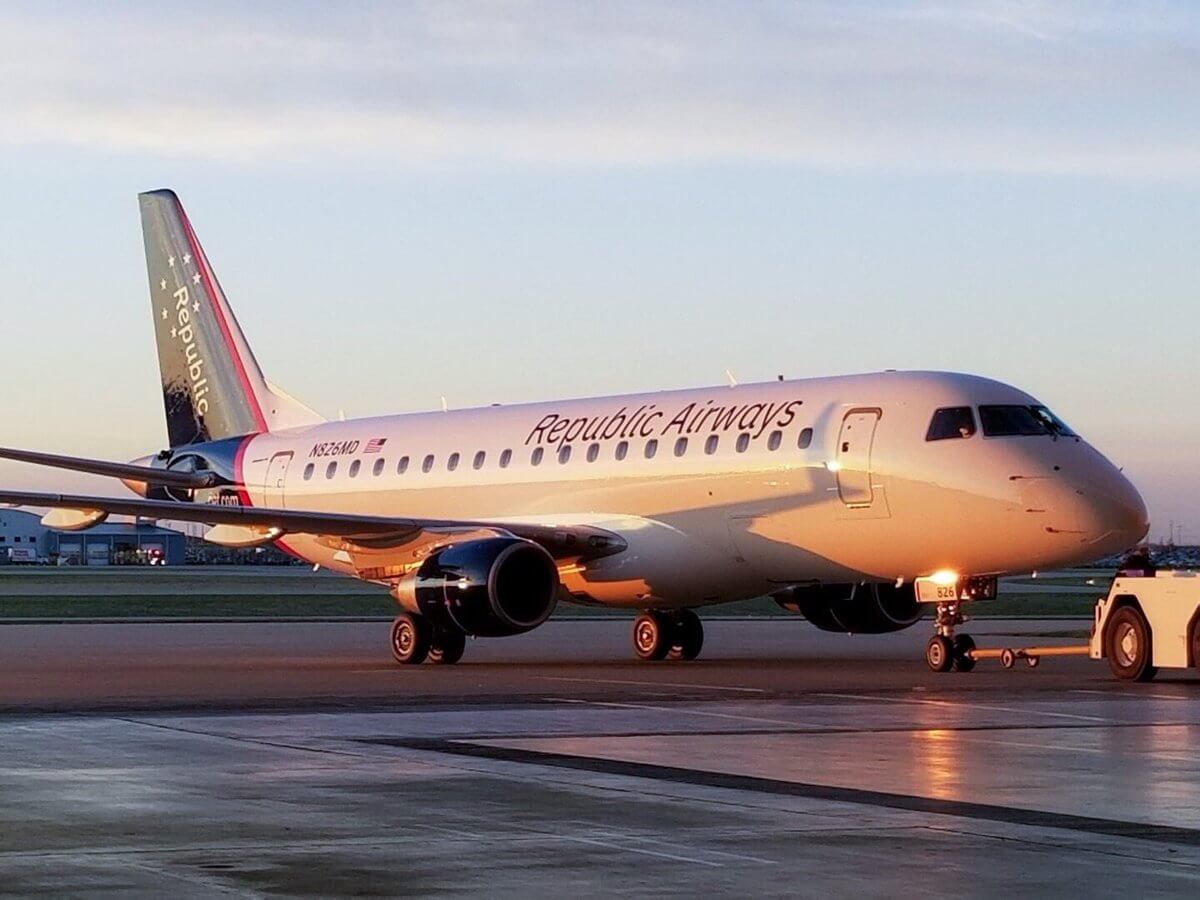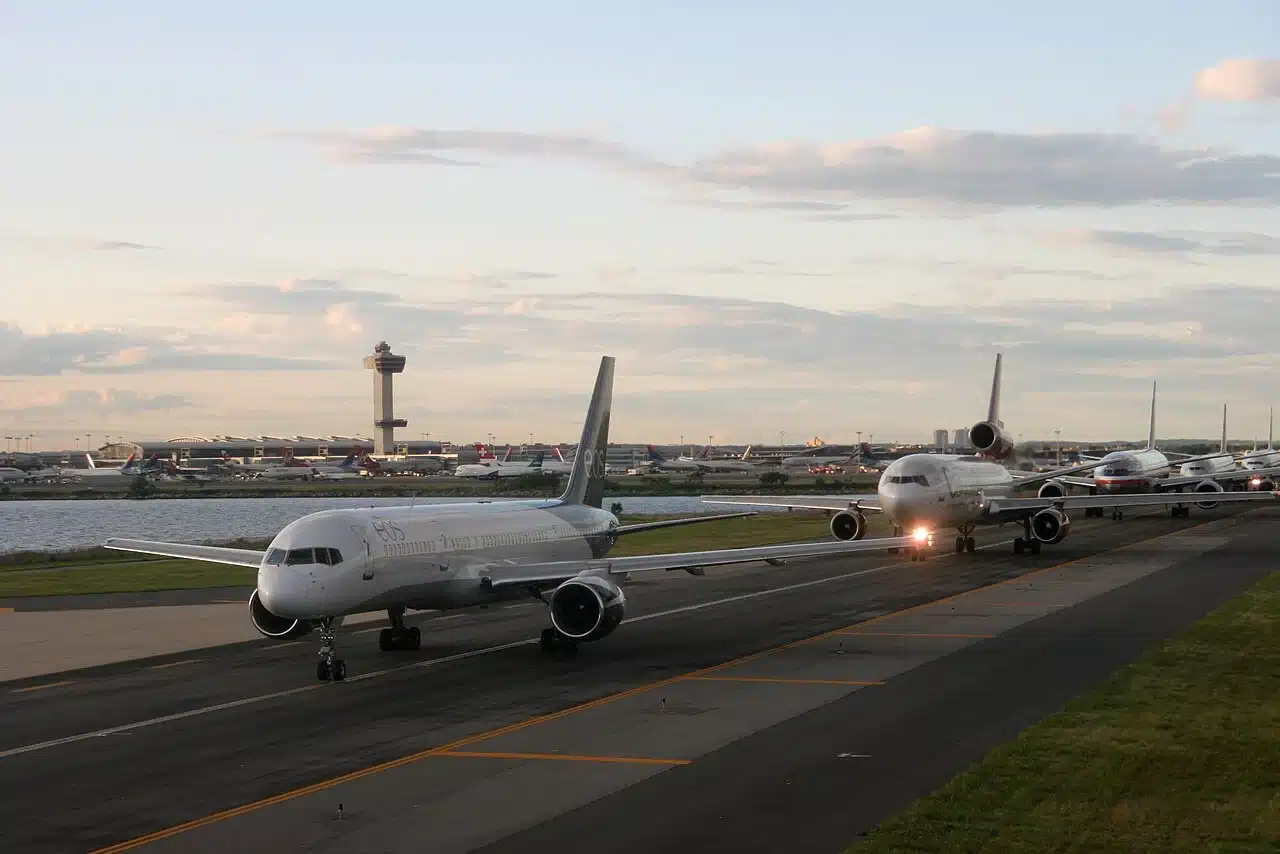


Anchorage is going to home to Southwest flights starting sometime in 2026 from Las Vegas and Denver. Is this an opportunity for Southwest or an overreach?
Dallas-based Southwest Airlines is launching service to Anchorage, Alaska. They will begin flights to the 49th state beginning in May 2026. The airline will join six other American carriers operating from Ted Stevens – Anchorage International Airport: Alaska Airlines, American Airlines, Delta Air Lines, Hawaiian Airlines, Sun Country Airlines, and United Airlines.
Similar to most U.S carriers flying to Alaska (Alaska Airlines being the exception), Southwest’s service to Anchorage will be seasonal. The first departure cities within the U.S the airline is eyeing for these new flights are Las Vegas and Denver.
Ryan Anderson, Commissioner of Alaska’s Department of Transportation, welcomed the news: “Southwest’s arrival in Anchorage is a major win for our communities. This service will provide more affordable, reliable connections for Alaskans and help share our great state with more visitors than ever before.”
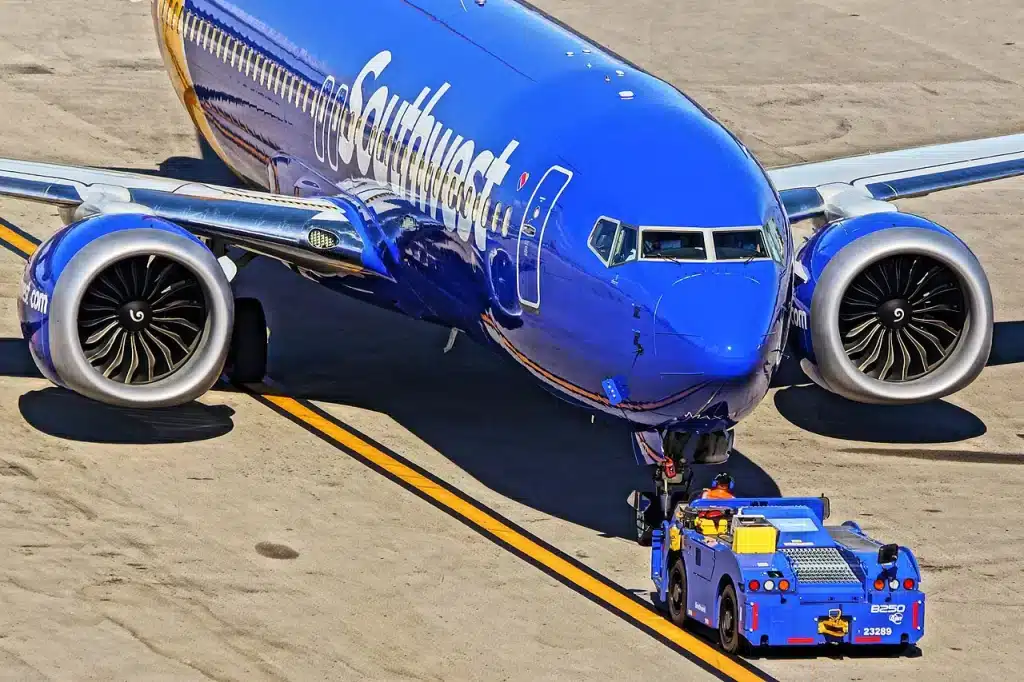
Southwest’s Alaska expansion certainty rings the alarm bell about the carrier’s overall strategic direction. The airline crafted their reputation on operational simplicity, passenger-friendly policies, and a point to point network optimized for reliability.
However, Southwest as of late has implemented changes that altered its identity. They are implementing assigned seating, multi-seat purchases for oversized passengers, and adding a two-cabin class configuration. They also hinted at beginning international flights to Europe.
This new Alaska route represents another departure from what we’re all accustomed to when we think of Southwest. However, not all change is bad.
But based on Southwest’s recent Hawaii expansion, could the airline be making the same mistake they made on those routes?
In Hawaii, Southwest has produced mixed results despite plenty of demand. Rather than being embraced by the local communities, the airline has faced resistance from Hawaiian Island residents who claim that Southwest’s entry into the market has forced competing carriers (Hawaiian Airlines) to raise prices. Thus creating a more expensive market for locals who depend on the airlines for inter-island travel.
From an operations standpoint, Hawaii has showcased cracks in Southwest’s point to point system. A single disruption near the island can strand aircraft creating cascading delays across the entire system.
Plus, these Hawaiian routes are just not economically friendly. Southwest planes flying to Hawaii need to fly inter-island routes in addition to their flight from the mainland to break even on operational costs.
Alaska’s remoteness presents very similar operational risks.
Alaska Airlines dominates service to Anchorage, as expected. It operates with the legacy carriers: Delta, United, and American.
But from Southwest’s perspective, these three airlines represent a competitive tier that Southwest is trying to break into. As evidenced by recent service changes and price increases.
But what is the competitive advantage Southwest provides to Alaskans? Their anticipated route pairings raise some concerns. Las Vegas might attract some Anchorage leisure travelers. But Denver is a head scratcher.
How many Las Vegas or Denver residents are demanding flights to Alaska for vacations? There might be an imbalance there.
With these concerns in mind, Alaska has significant revenue potential that would make the risk definitely worth it. Their primary opportunity lies in inbound tourism during the summer season. Travelers head to Alaska for outdoor activities like hiking as well as cruises.
Ultimately, success largely depends on Southwest finding the right routing pairings for their Alaska venture.
Denver and Las Vegas serve as Southwest “hubs”; but there are other cities in their network that might work very well with a flight to Alaska. The first state that comes to mind is Texas.
Texas is Southwest’s home state. But most importantly, it shares characteristics with Alaska which makes having a route pairing between the two states very lucrative. Both states have significant oil industries as well as major military installations. Southwest would be targeting people looking for cheap business flights as well as members of the military heading up North.
Southwest operates Boeing 737 Max 8 aircraft with ETOPS certifications. They are already used on West Coast to Hawaii routes. On paper, they are more than capable of handling Texas to Alaska flights from either Dallas or Austin.
But the question remains. Will Southwest learn from its Hawaiian operations and develop a service for Alaska that plays to its strengths? Or will this expansion become another example for the airline of stretching too far away from its core identity?
By the time May 2026 rolls around, we’ll have an answer.


